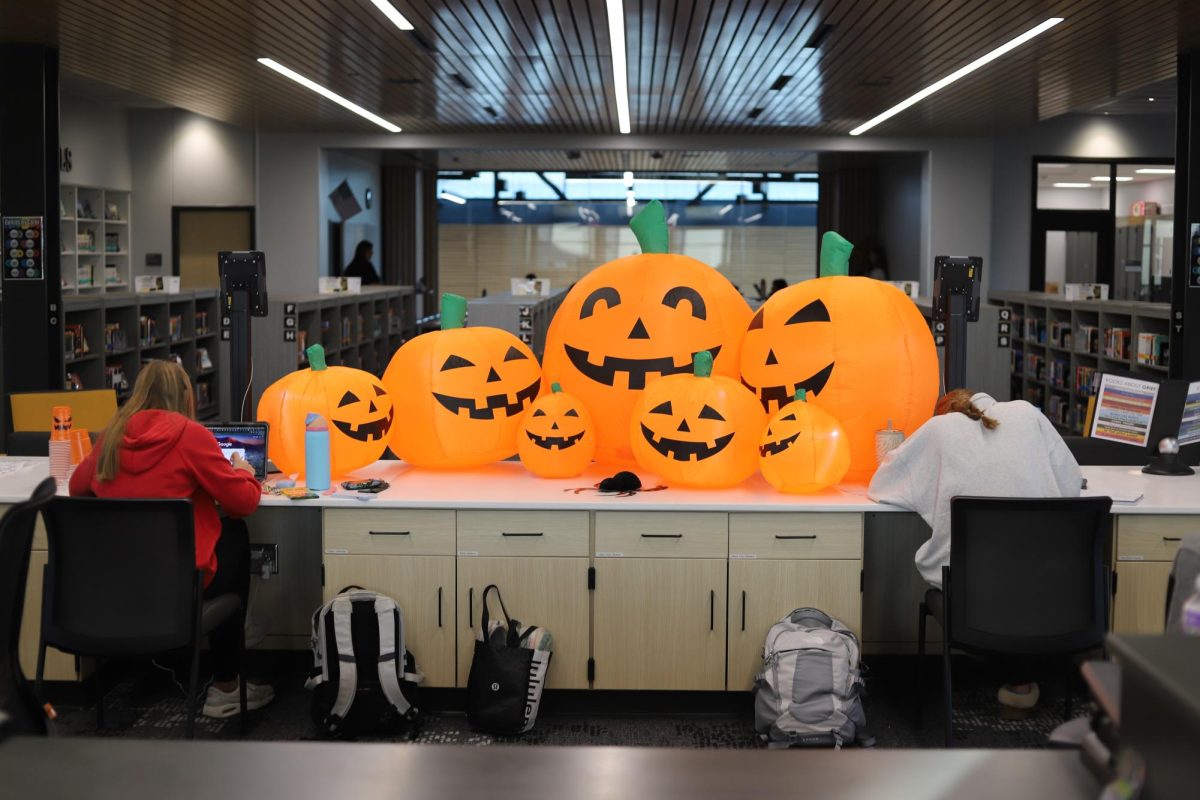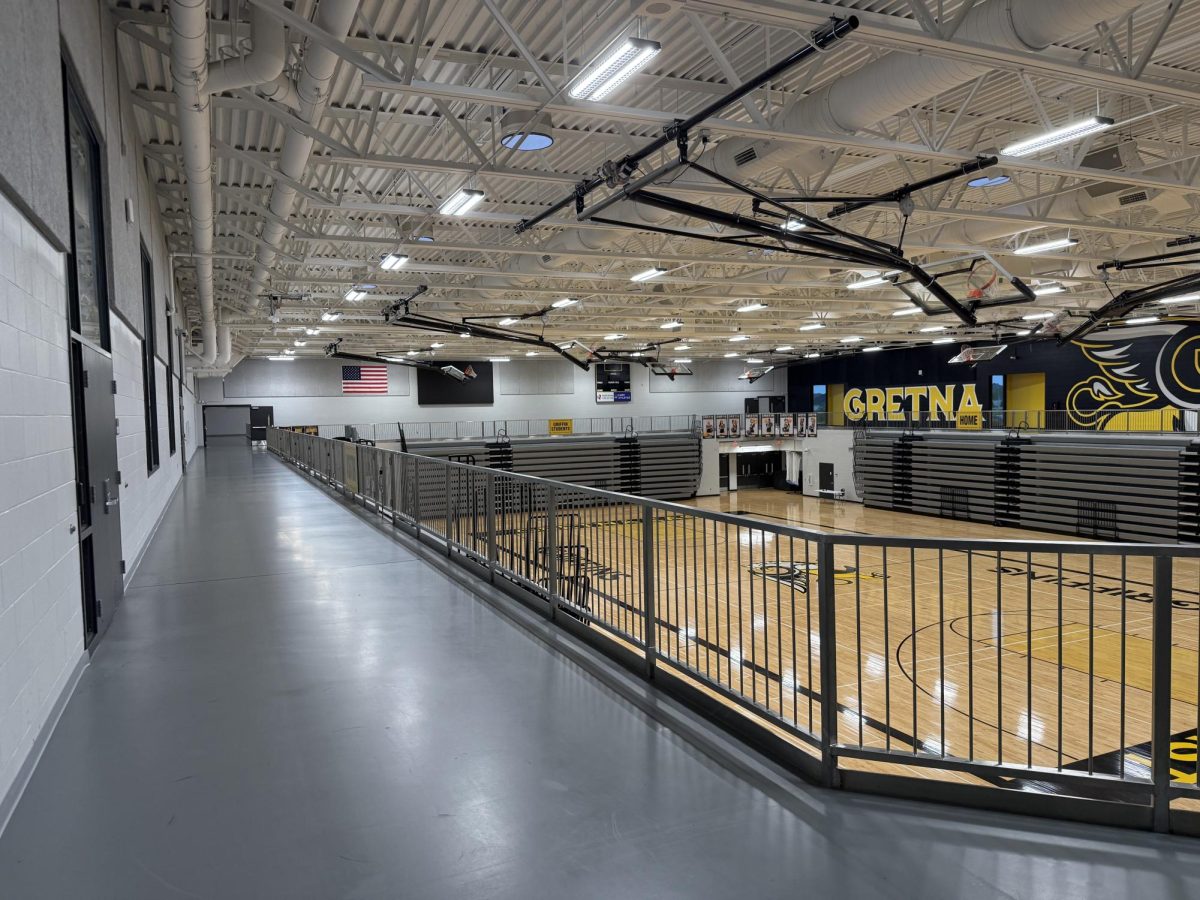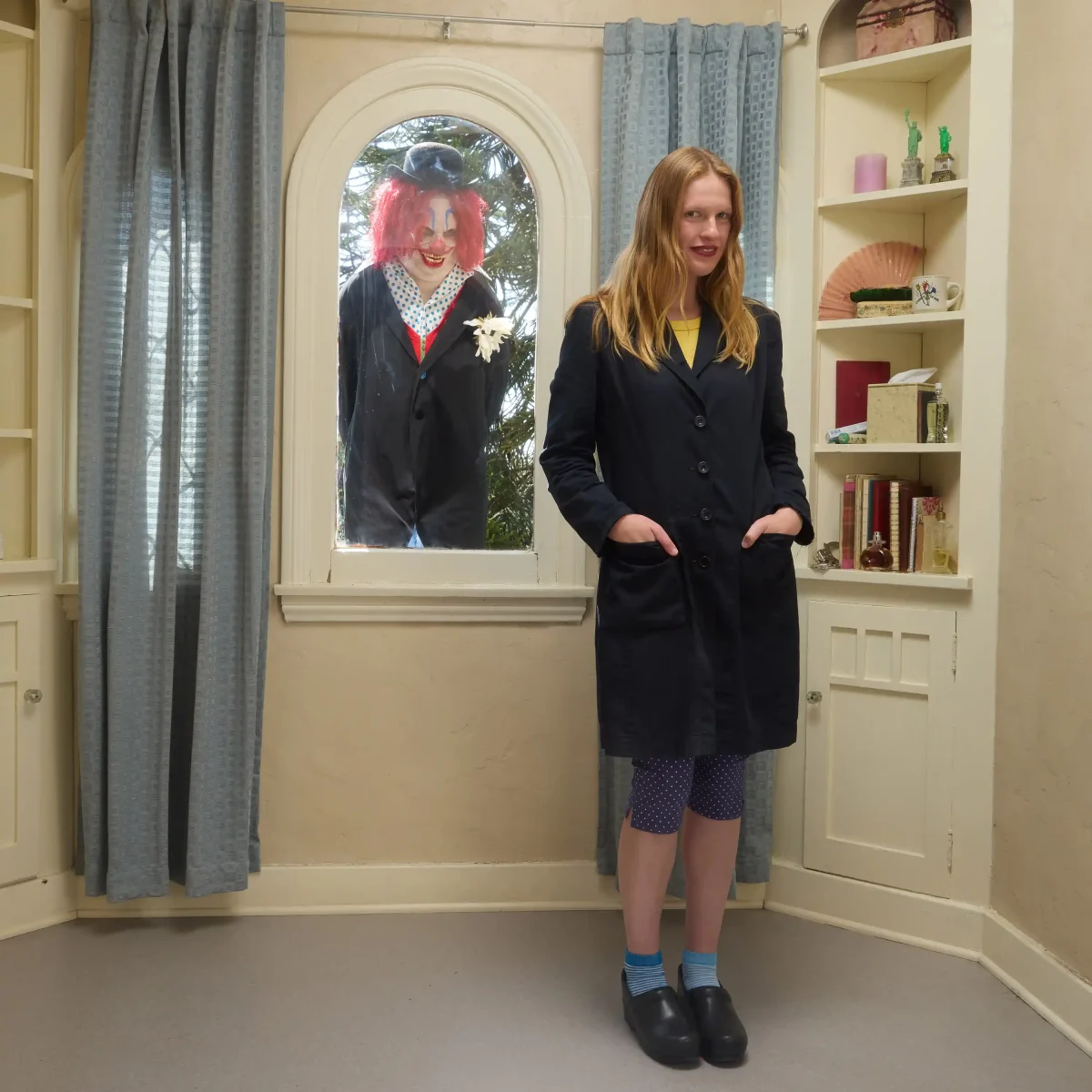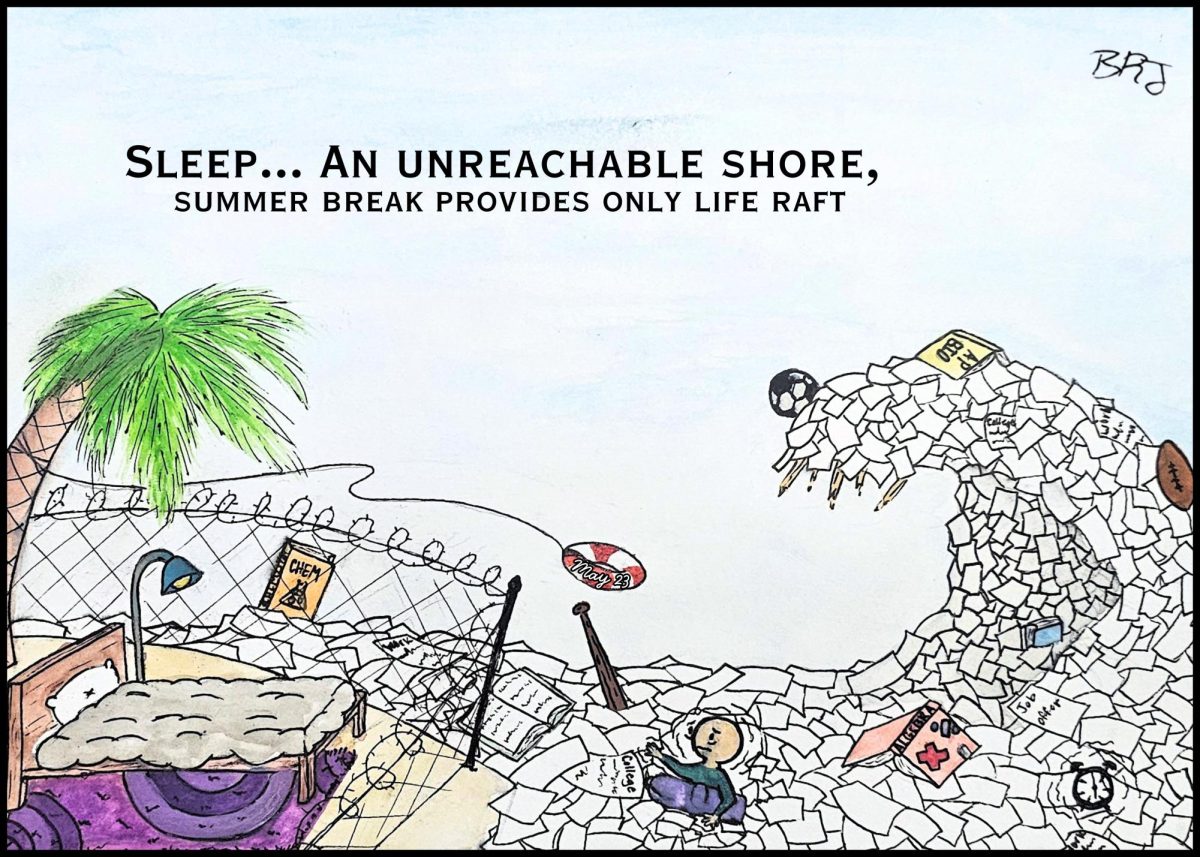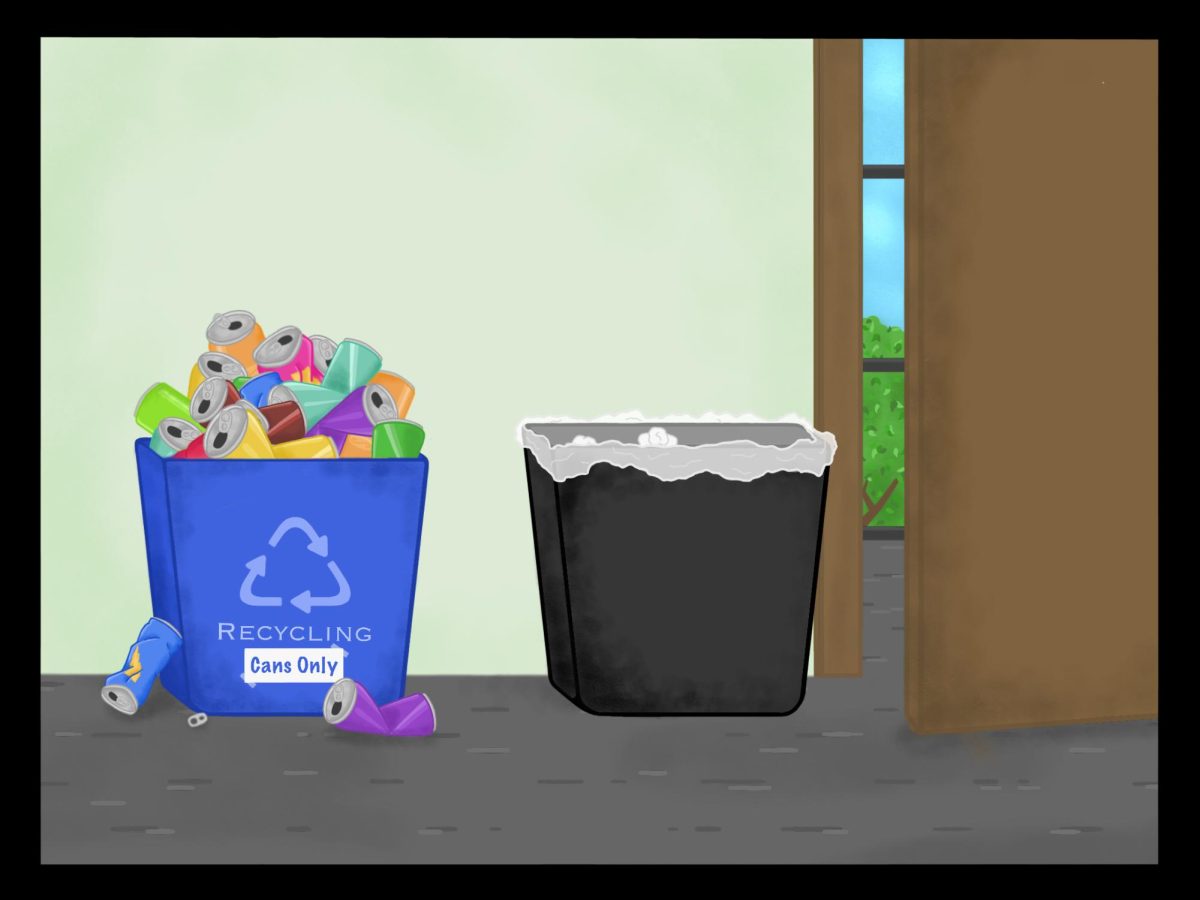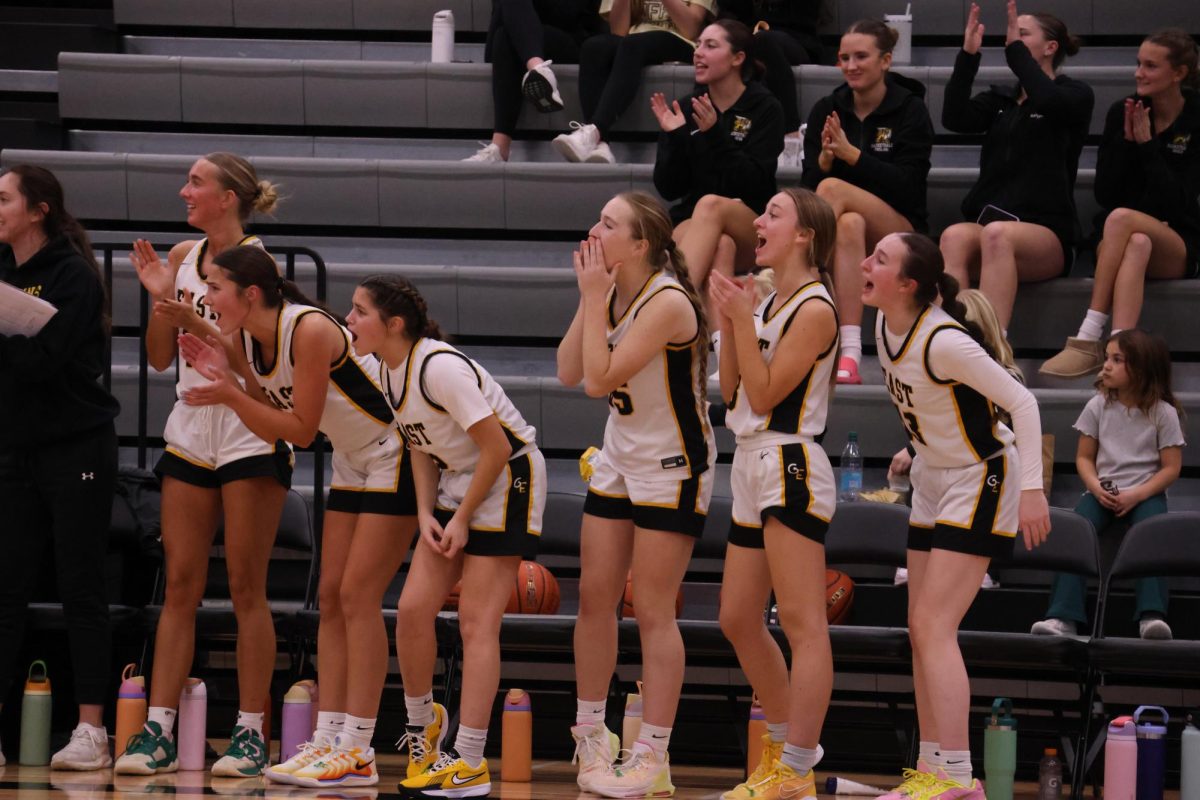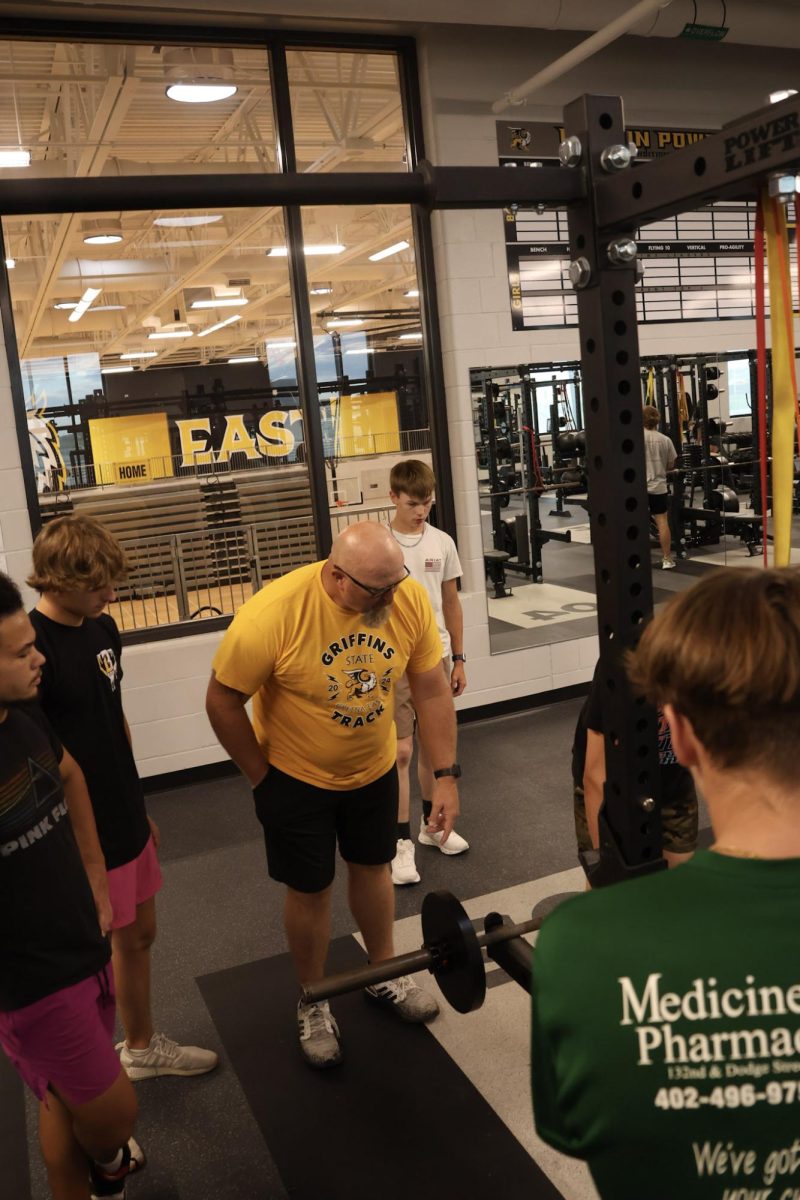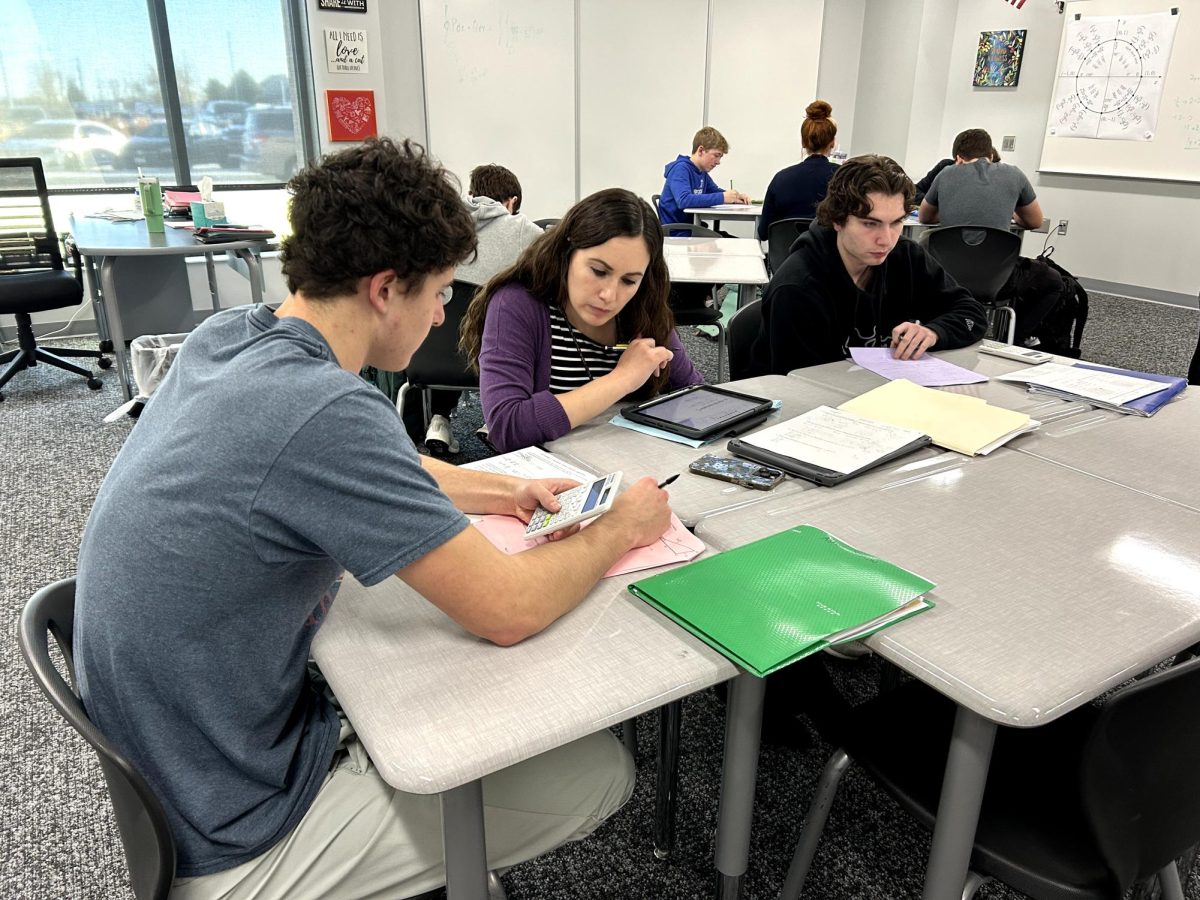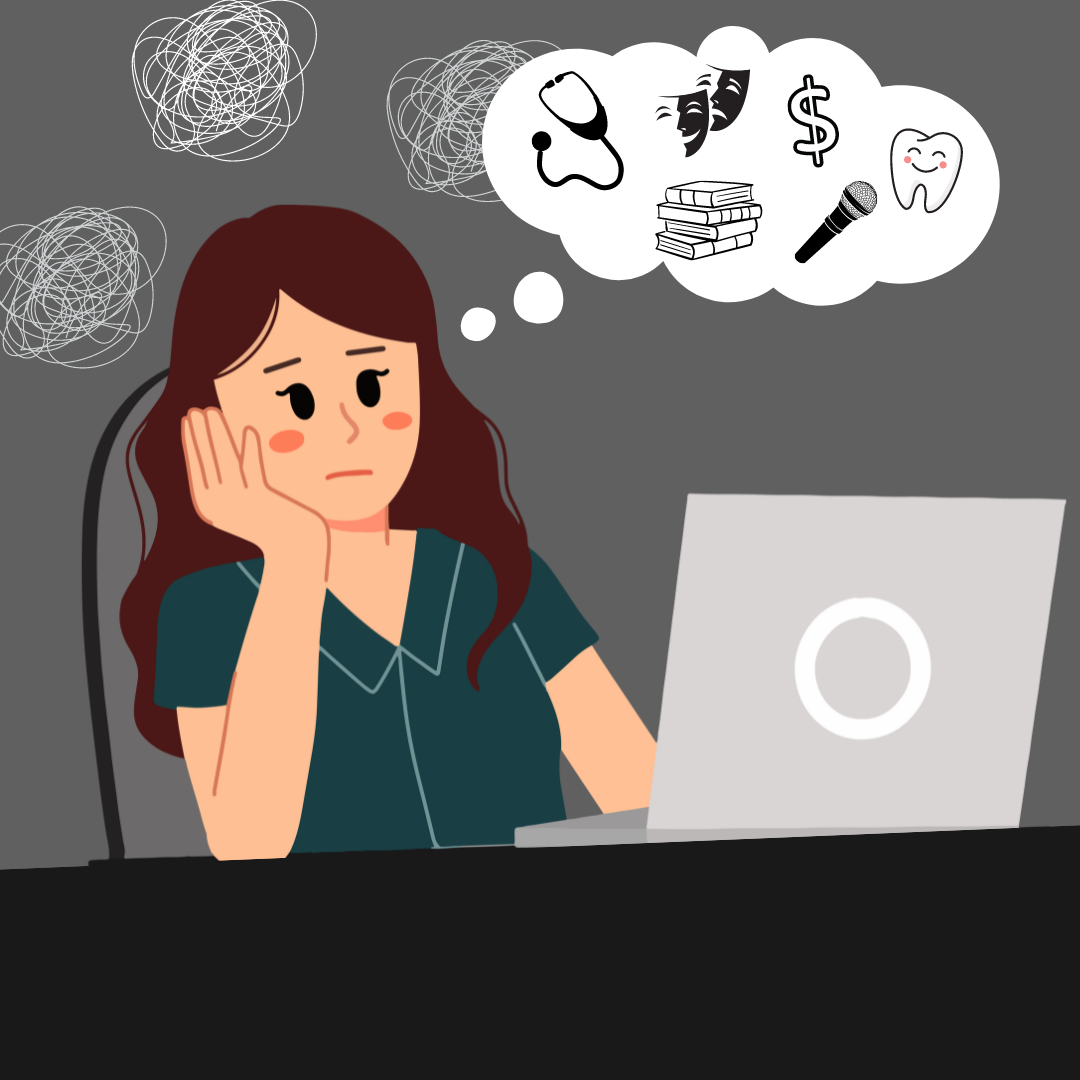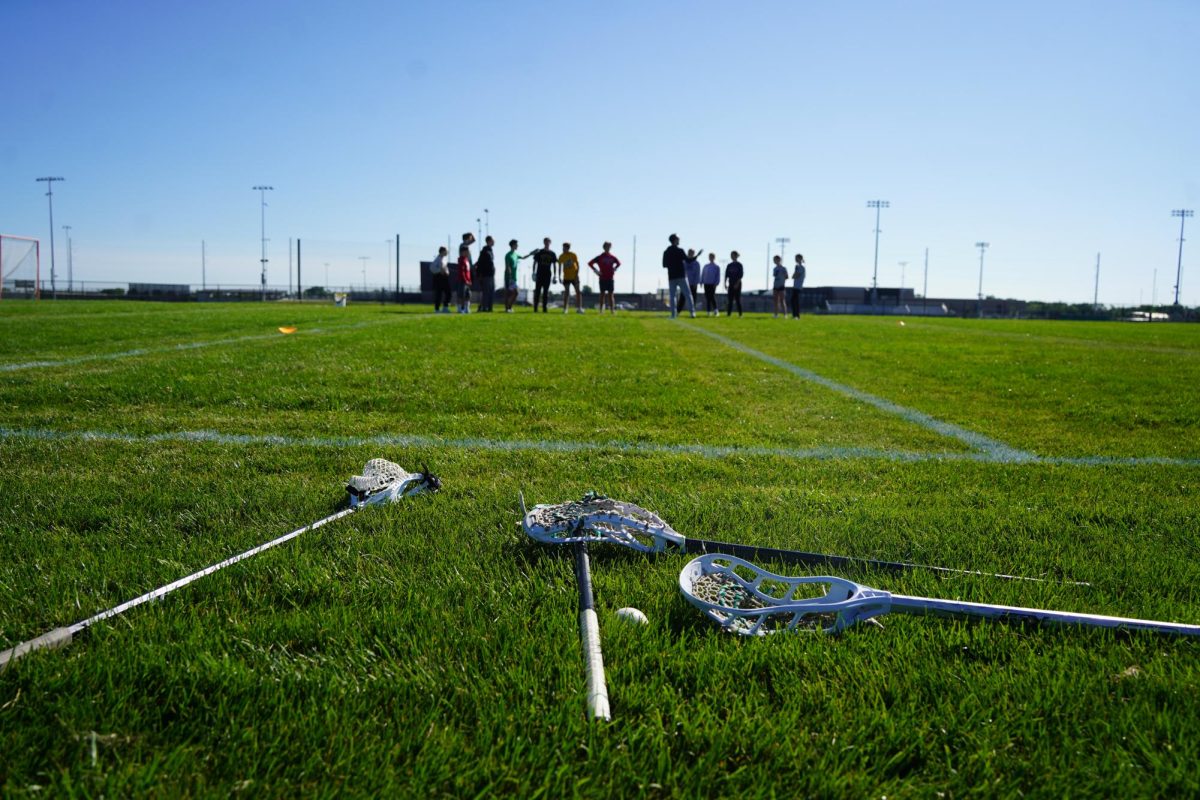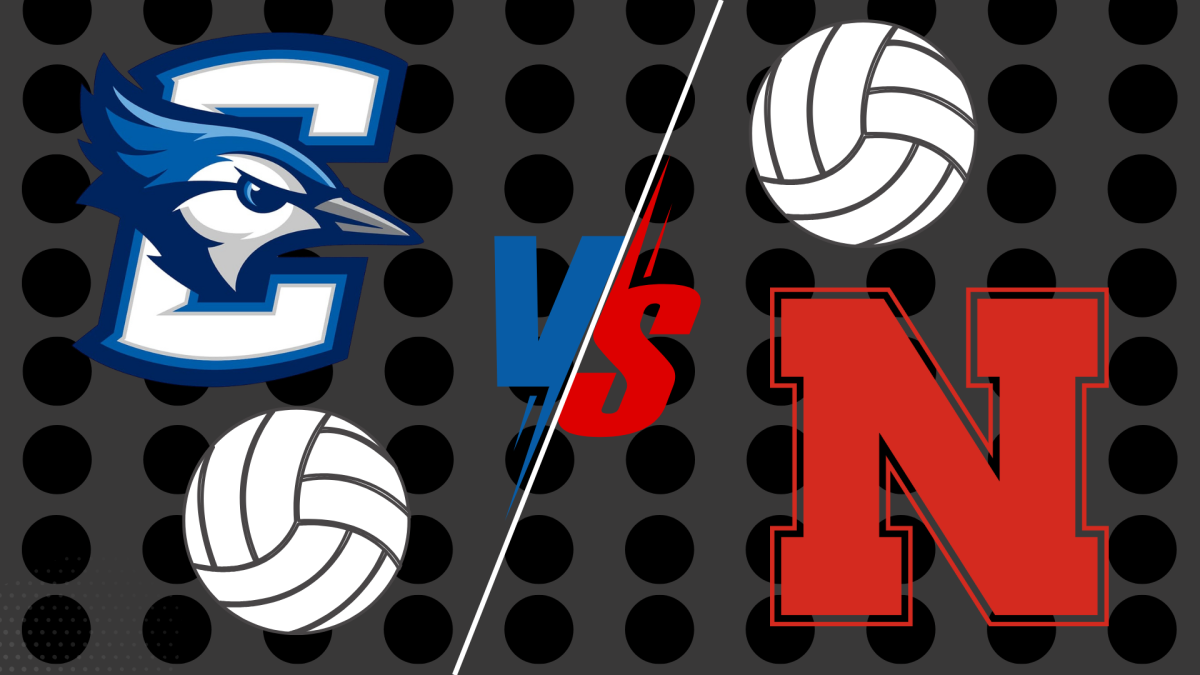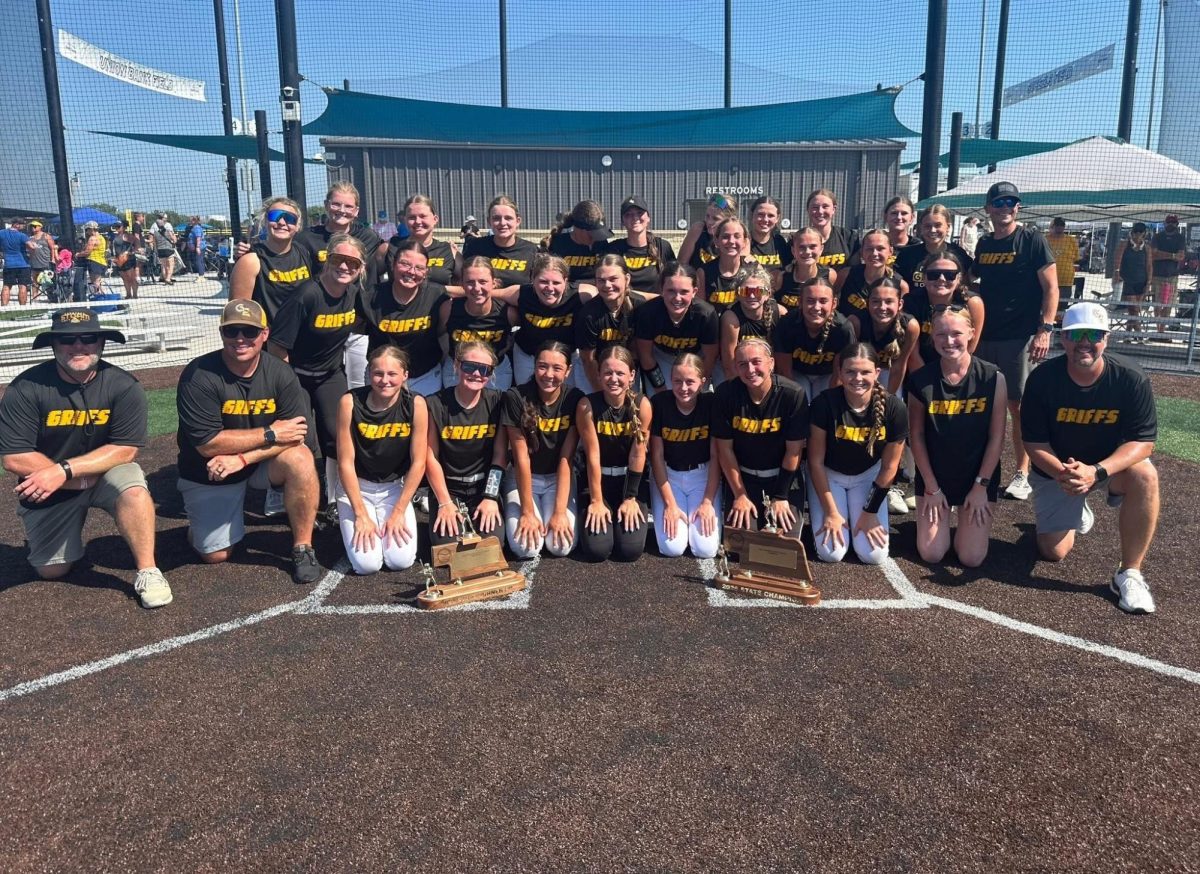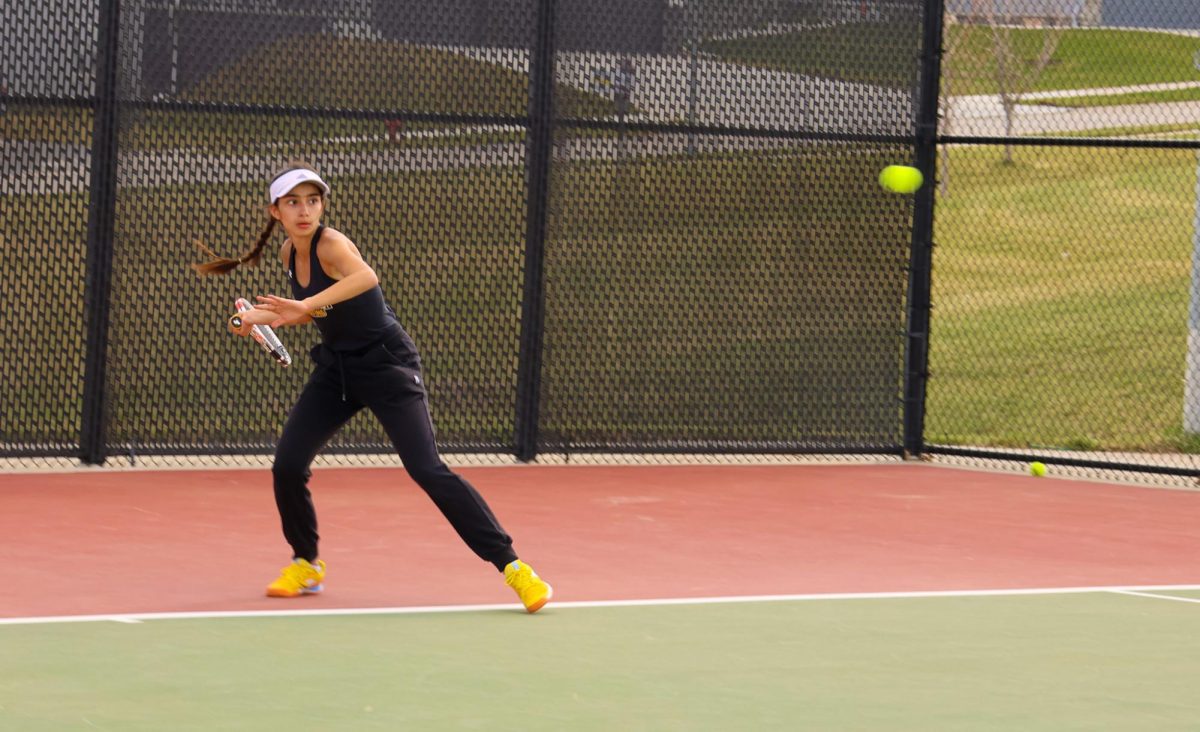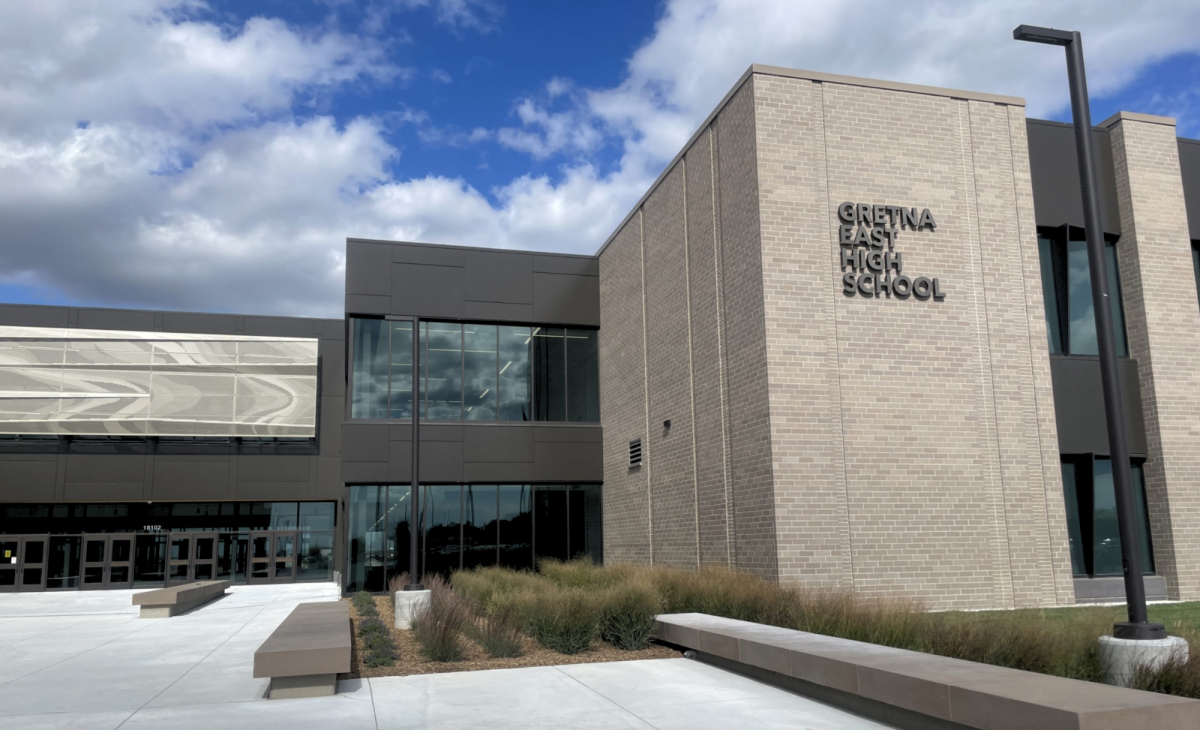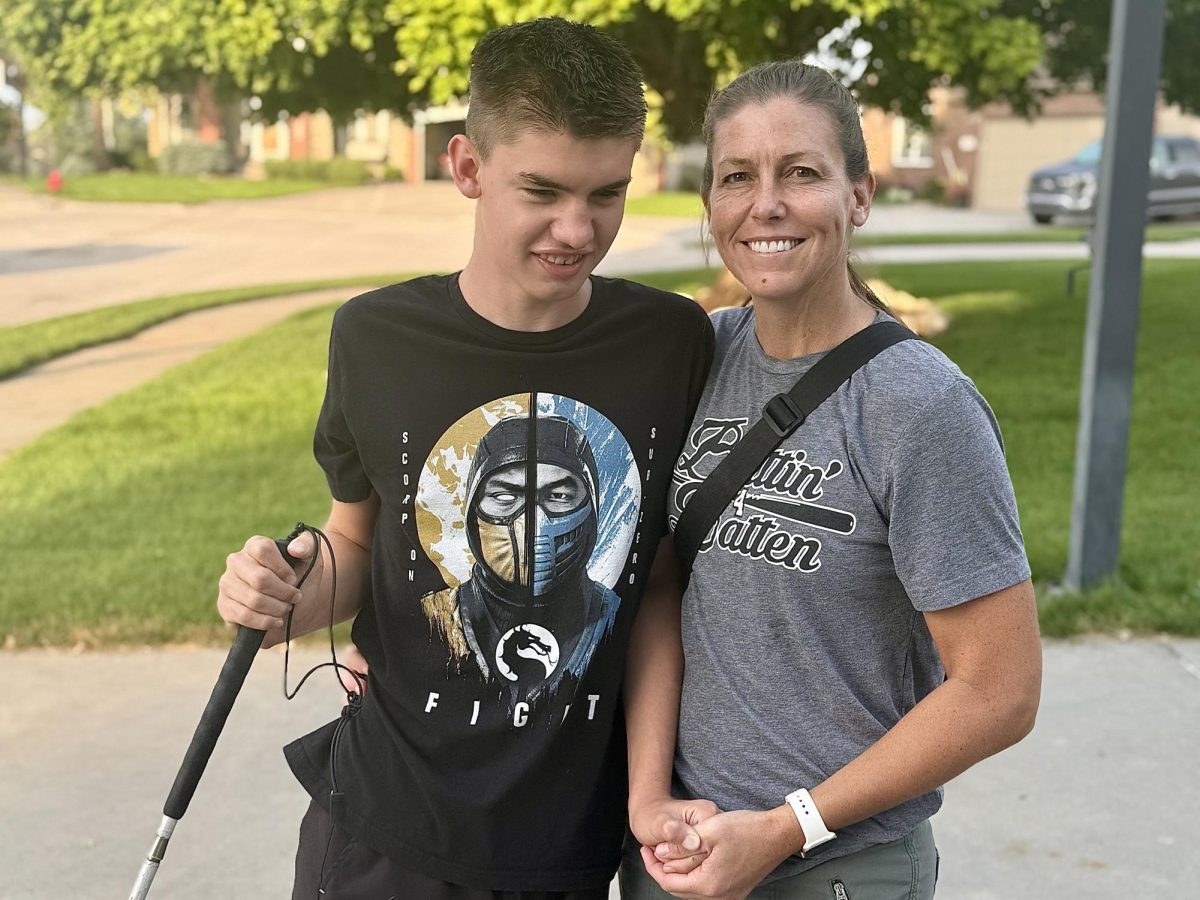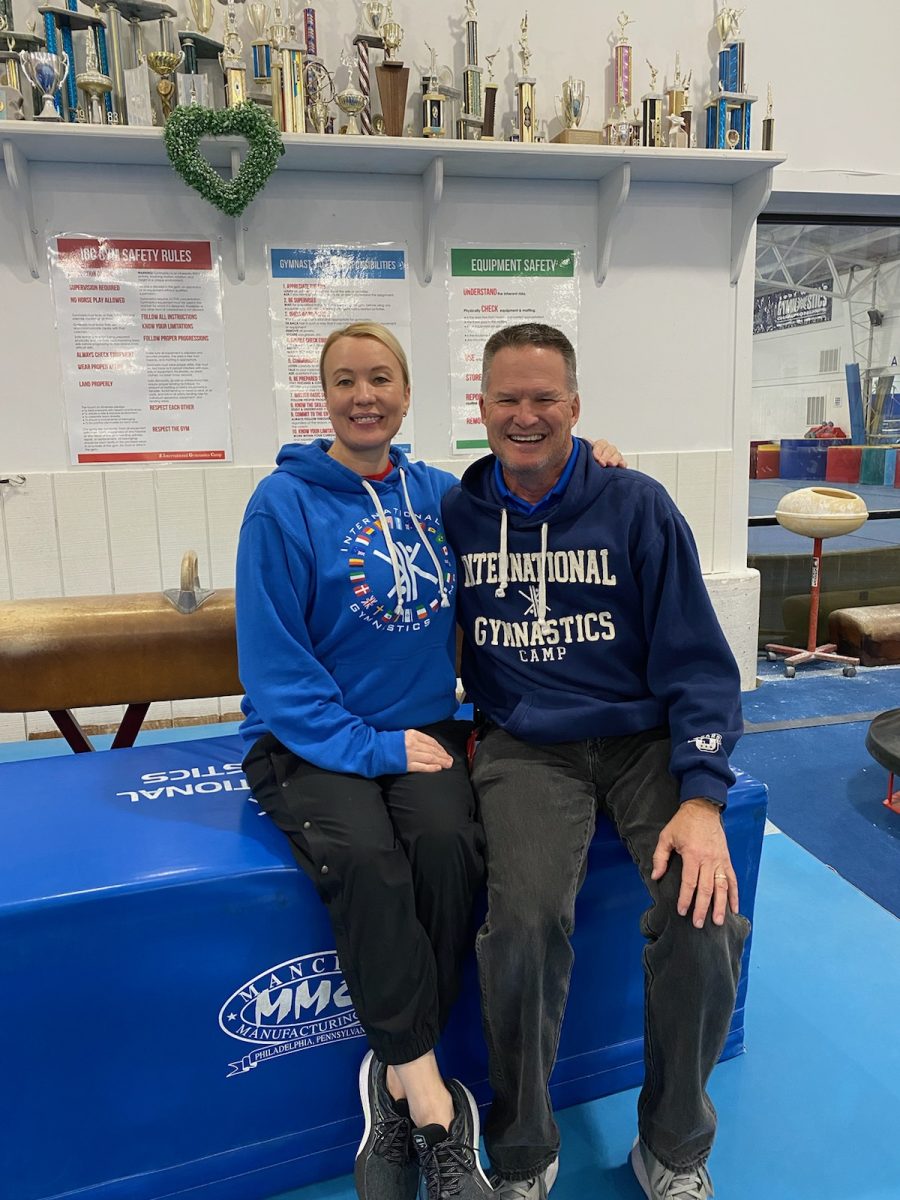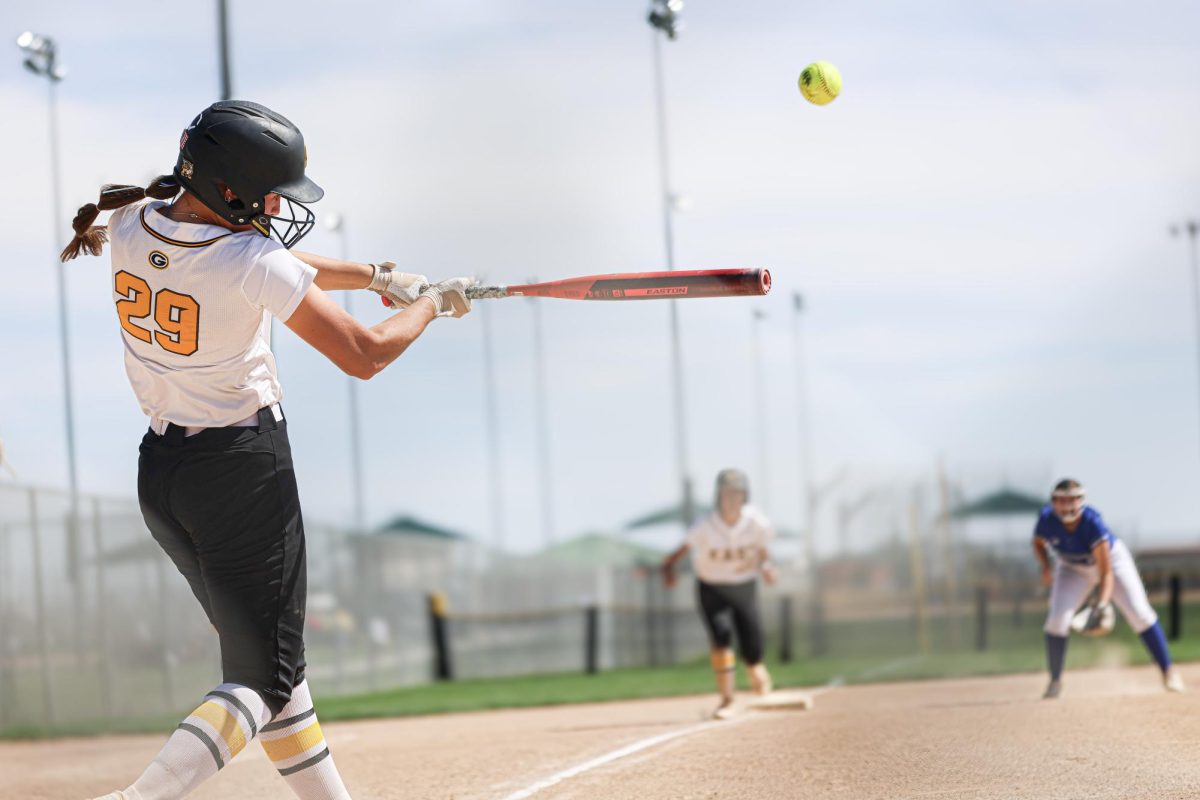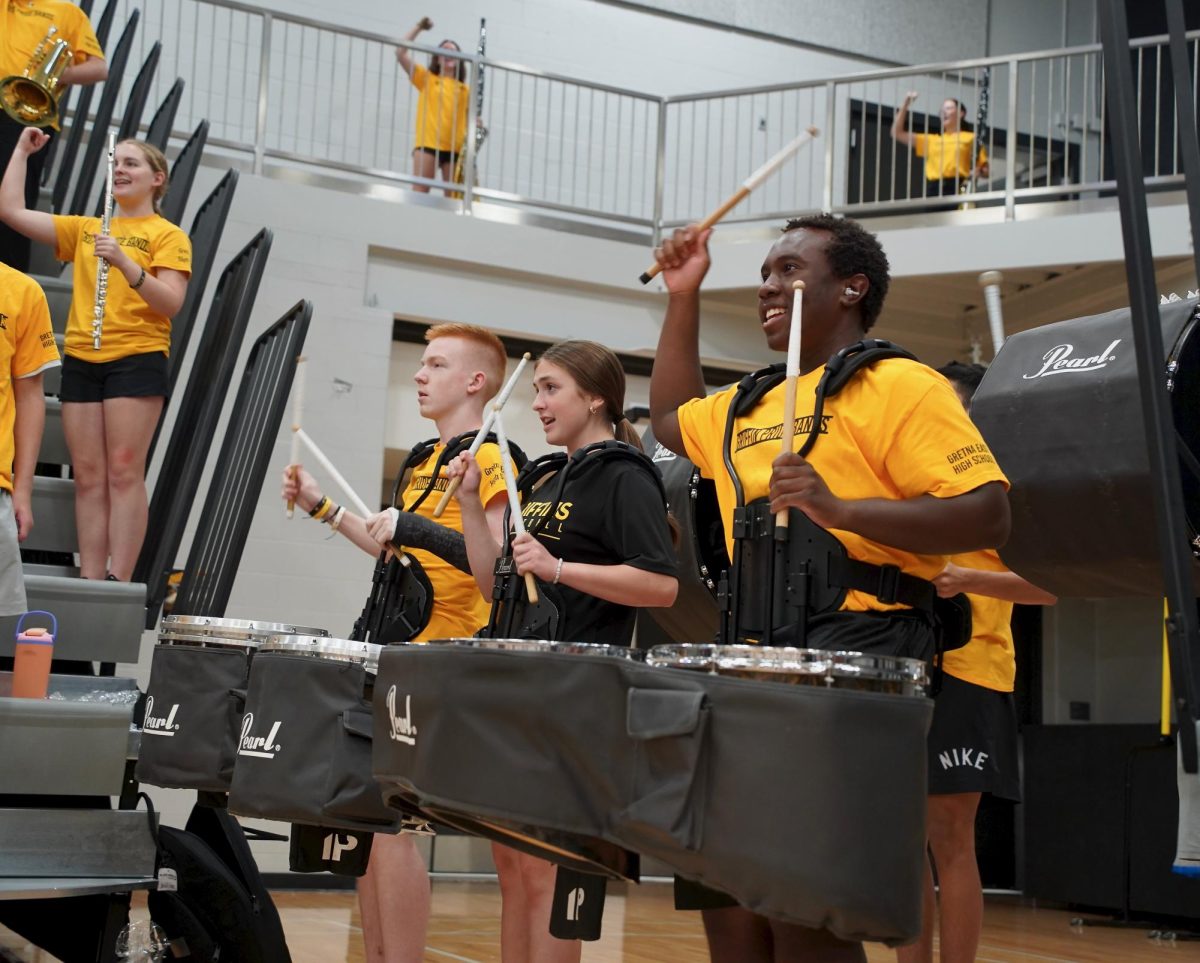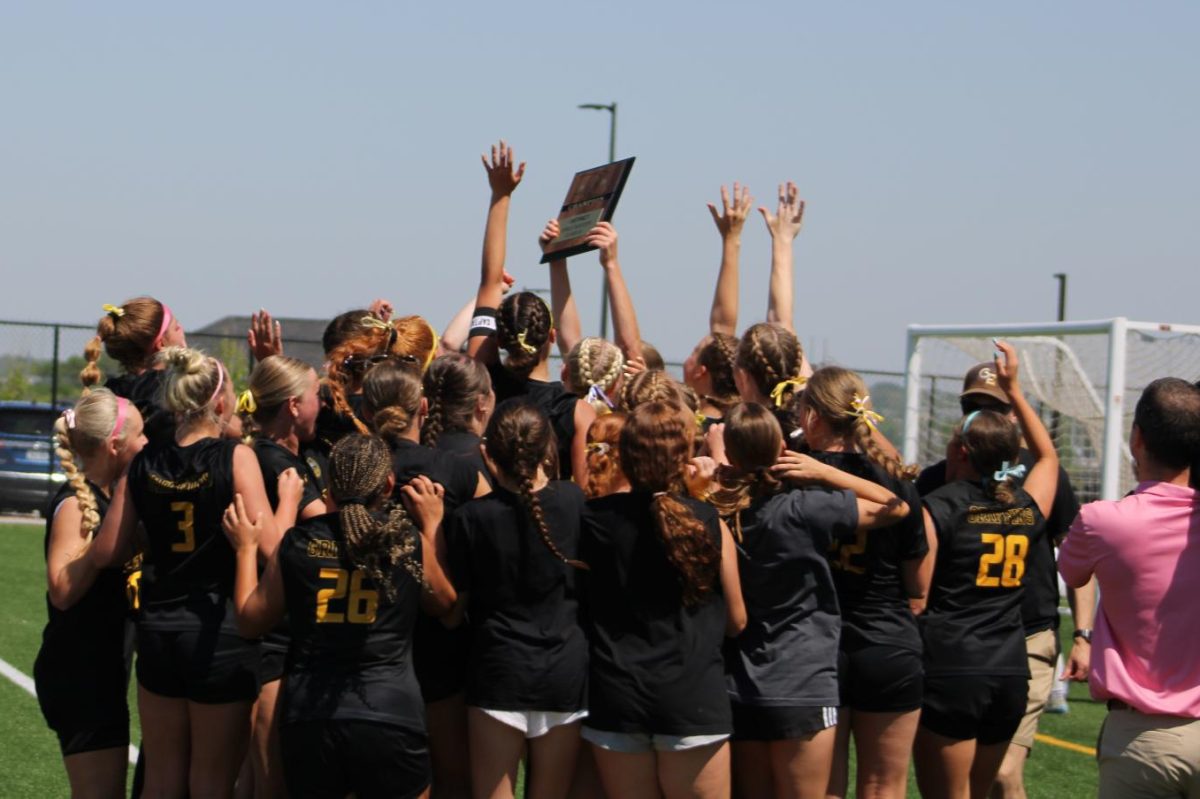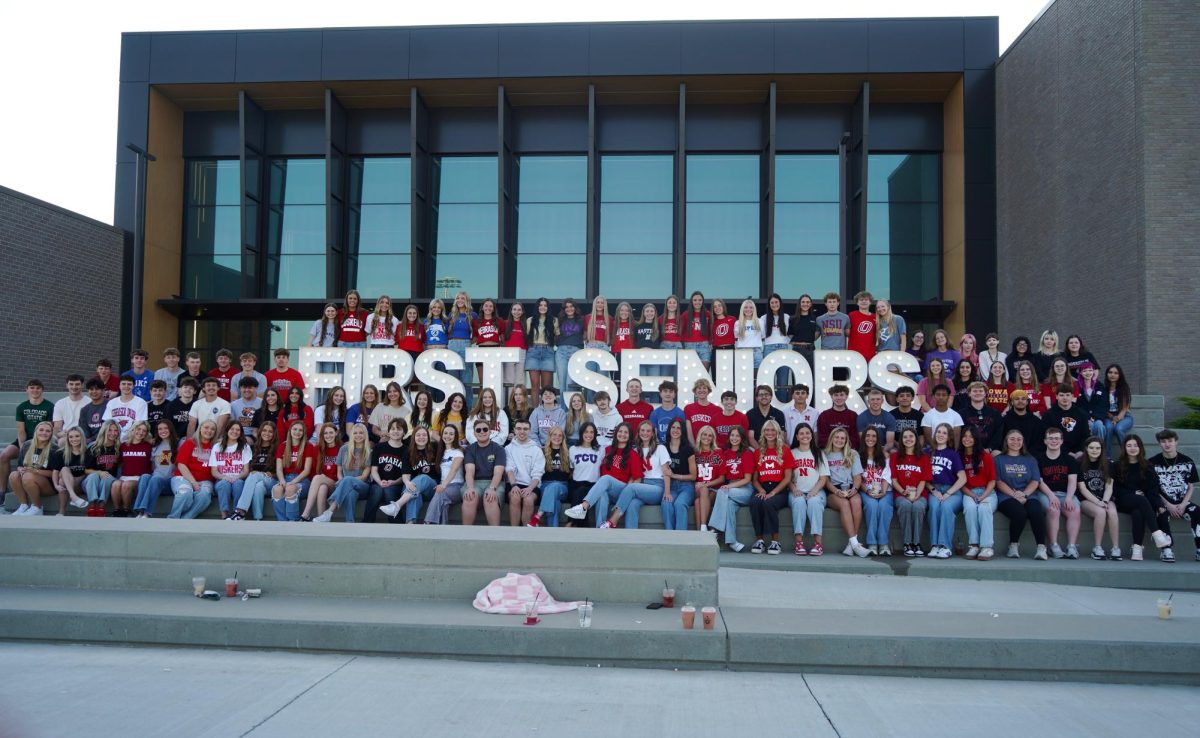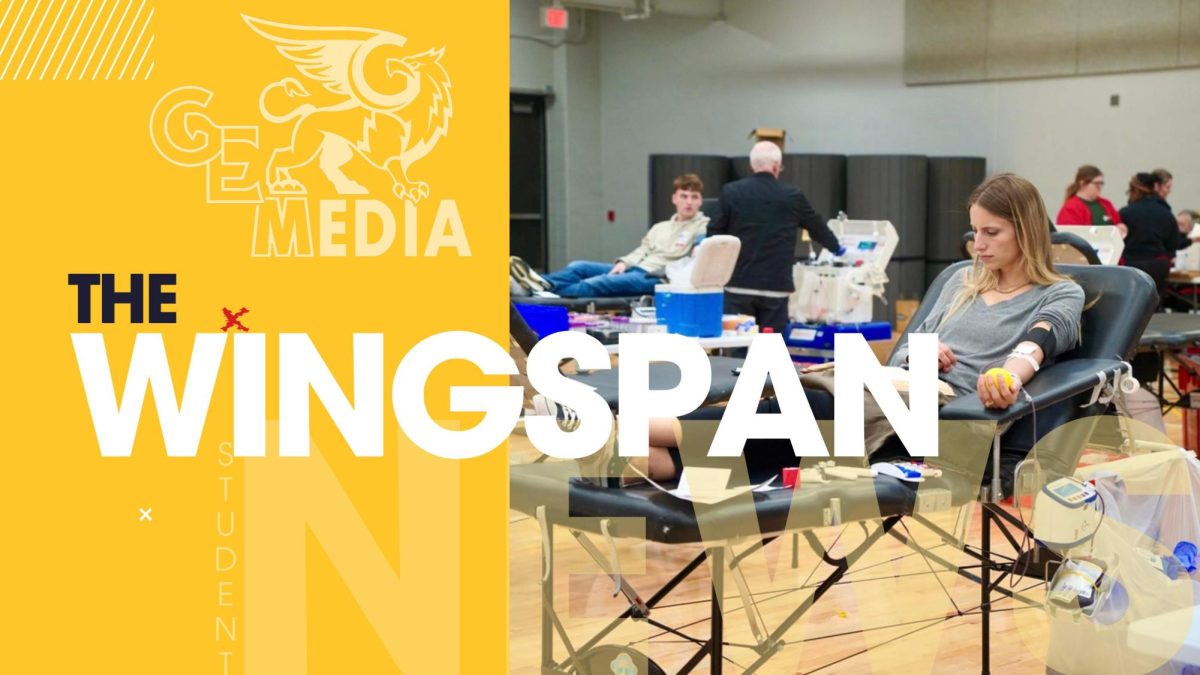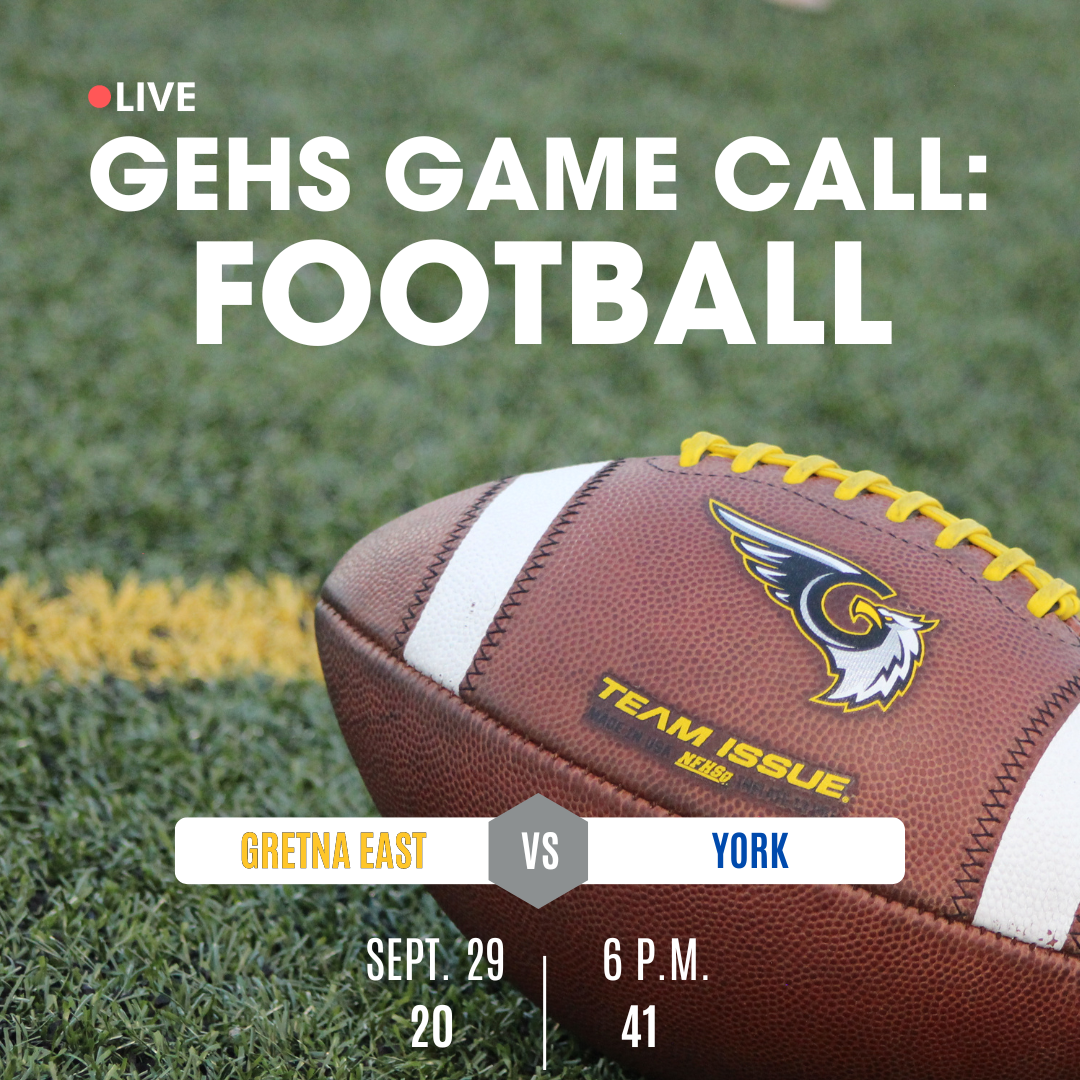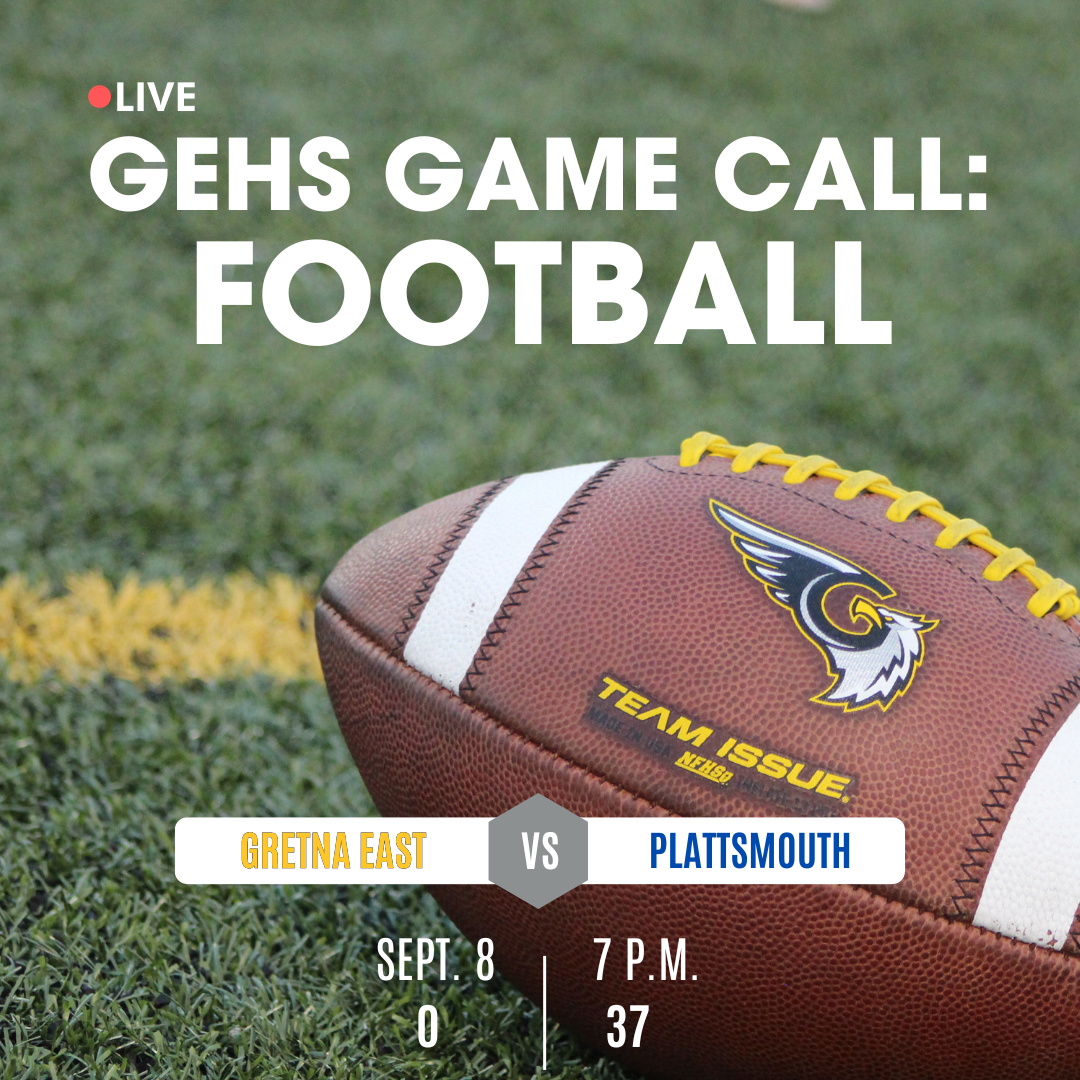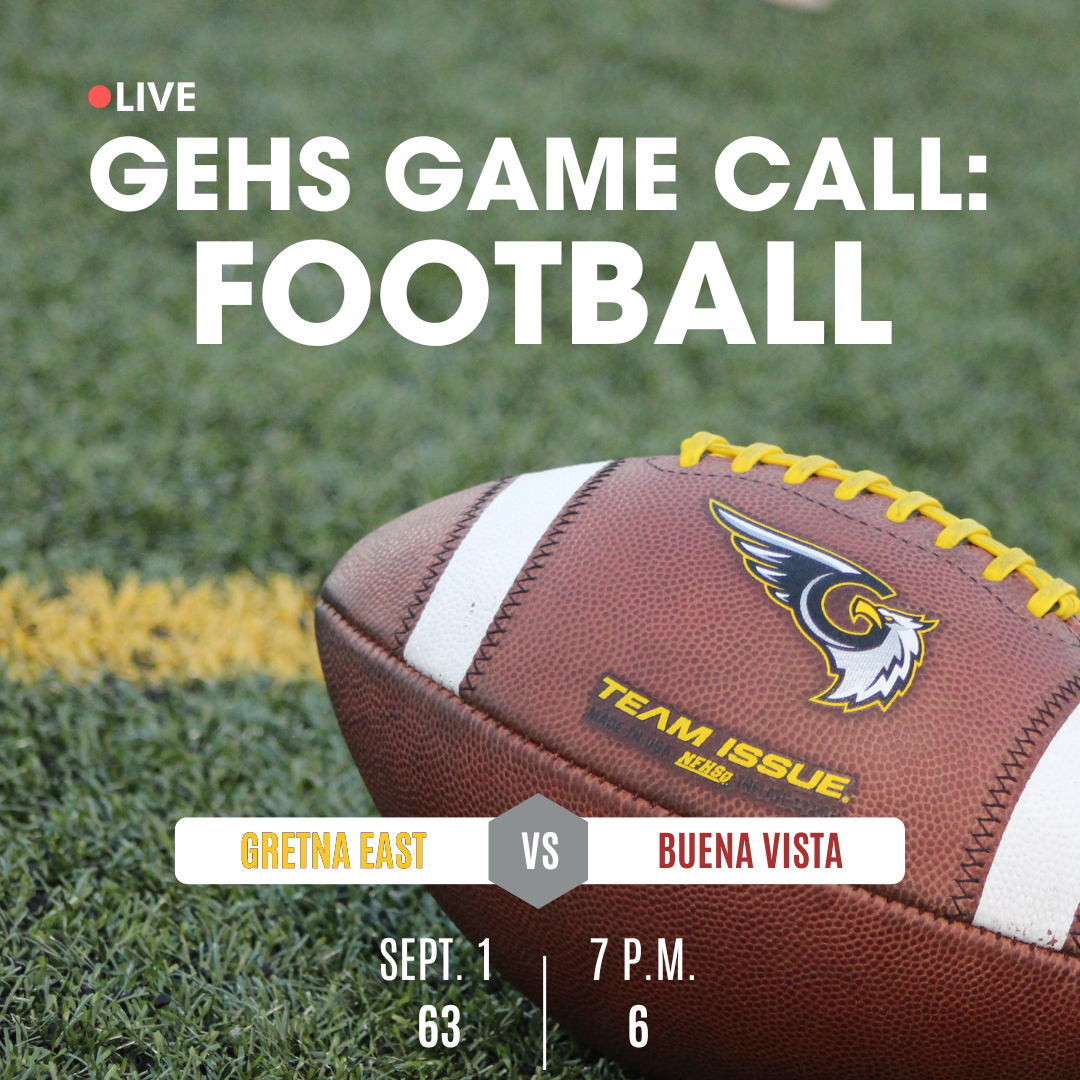-EDITORIAL-
It’s no secret that the Wi-Fi situation at Gretna East has caused mass opposition among students. With the school being a cellular service “dead zone” and the school not providing a Wi-Fi network for students, students have sought out other sources of internet. At first, some attempted to use the guest network, but they were repeatedly kicked off. Left with no solution, students continue to voice their frustrations. Implementing a free-use Wi-Fi network for students would give them and their guardians a greater sense of security. At this point, if there were an emergency in the building, students and their guardians would have almost no way to communicate. In such cases, being able to contact loved ones would reduce stress.
“With any GPS school, I always think of the worst-case scenario and think of the absolute horror if no student could contact a loved one,” Gretna Public Schools parent Jenna Garcia commented on a Gretna East Media Instagram post which teased Reese Beery’s news article on the school’s Wi-Fi. “This is just bonkers on all levels.”
Even in non-emergency situations, students and guardians need to be able to contact one another to communicate after-school activities and to schedule pick-up and drop-off. With the current Wi-Fi system, it is hard for everyone to coordinate almost anything.
“As a parent trying to communicate with her teens and coordinate after-school activities, drop-off locations, etc, it is really irritating to not be able to contact them,” GPS parent Stephanie Critser commented on the same Instagram post.
In addition to being important for communication, having a student network would also give students a quick brain break before their next class. According to research from Cornell University, taking even just a five-minute break allows the brain and body to refresh, improving productivity.
The study lists multiple different, purposeful break options including listening to music. Many students in our school choose to listen to music during passing period if they can get their phones to connect to some sort of signal. While some people would suggest that students should just download songs to their phones, the problem with that idea is that certain music providers, such as Spotify, require users to pay a monthly subscription for a premium account to be able to download songs. Students need a solution that will allow them to savor a five-minute brain break, like this, between periods.
“I think being on your phone between periods is a good brain break because it allows you to take your mind off of how stressful other classes may be,” sophomore Kaitlyn Johnson said.
In interviews with Beery for her Wi-Fi news article, principal Chad Jepsen and activities director Ryan Garder explained that one of the administration’s greatest concerns with getting a student network is security. Having an unlocked network could be exploited and become subject to viruses. A way to solve this issue would be to use a similar system to Gretna High School last year. On GHS’s guest network, which students were able to use all year long, students had to sign in using their school email to access the internet, and filters still applied to the connected device.
Another issue Jepsen and Garder voiced was that allowing personal student devices on the network would overload the system. While this may be true with the current set-up, other high schools have proved it is possible.
Many school districts throughout the country implement designated Wi-Fi networks for student devices, often called Bring Your Own Device (BYOD). One of these districts is the Upper St. Clair School District located in Pittsburgh, Pennsylvania, whose high school has 1,302 students enrolled this year. Students who attend Upper St. Clair High School are able to connect their personal devices to the district network through an individualized password. With Gretna East having a smaller student population, allowing students to access Wi-Fi seems like it should be more than possible.
While allowing students to connect to Wi-Fi would overall be convenient, there are downsides with every change. By connecting to the school Wi-Fi on your personal devices, you would be giving the school access to the content you view while in the building. While it’s unlikely that administrators would take the time to look through the searches students are making, it’s important to note that they would have this option.
Being a new building, things are bound not to perform as well as expected, but students, staff and guardians of students are continuing to voice their frustrations. With a little fix, resolving the Wi-Fi situation would satisfy the administration, staff and students.



